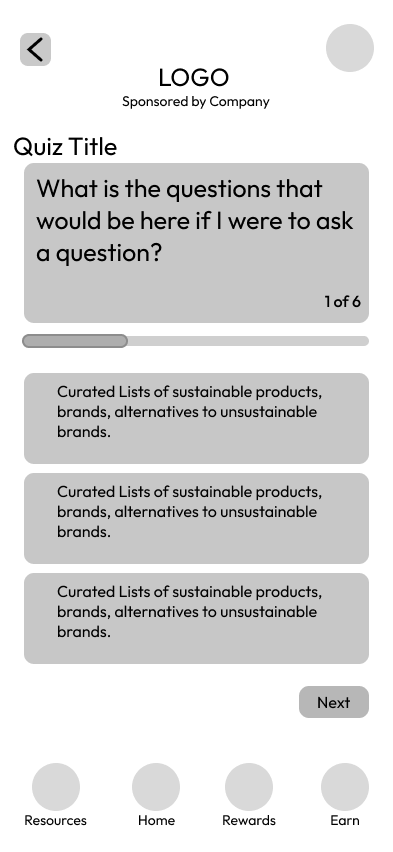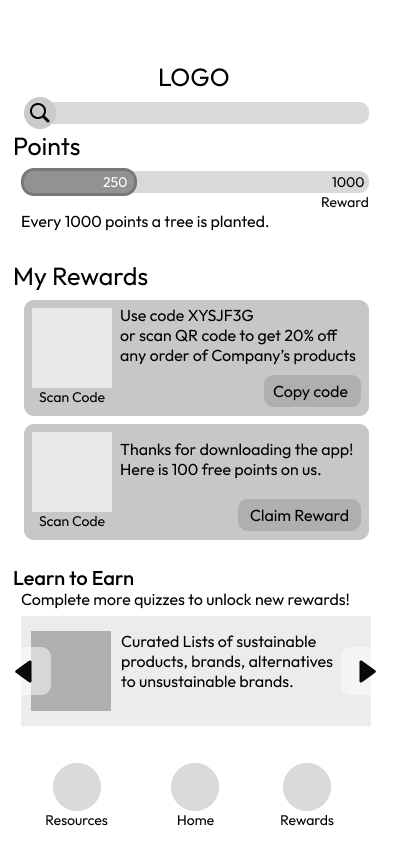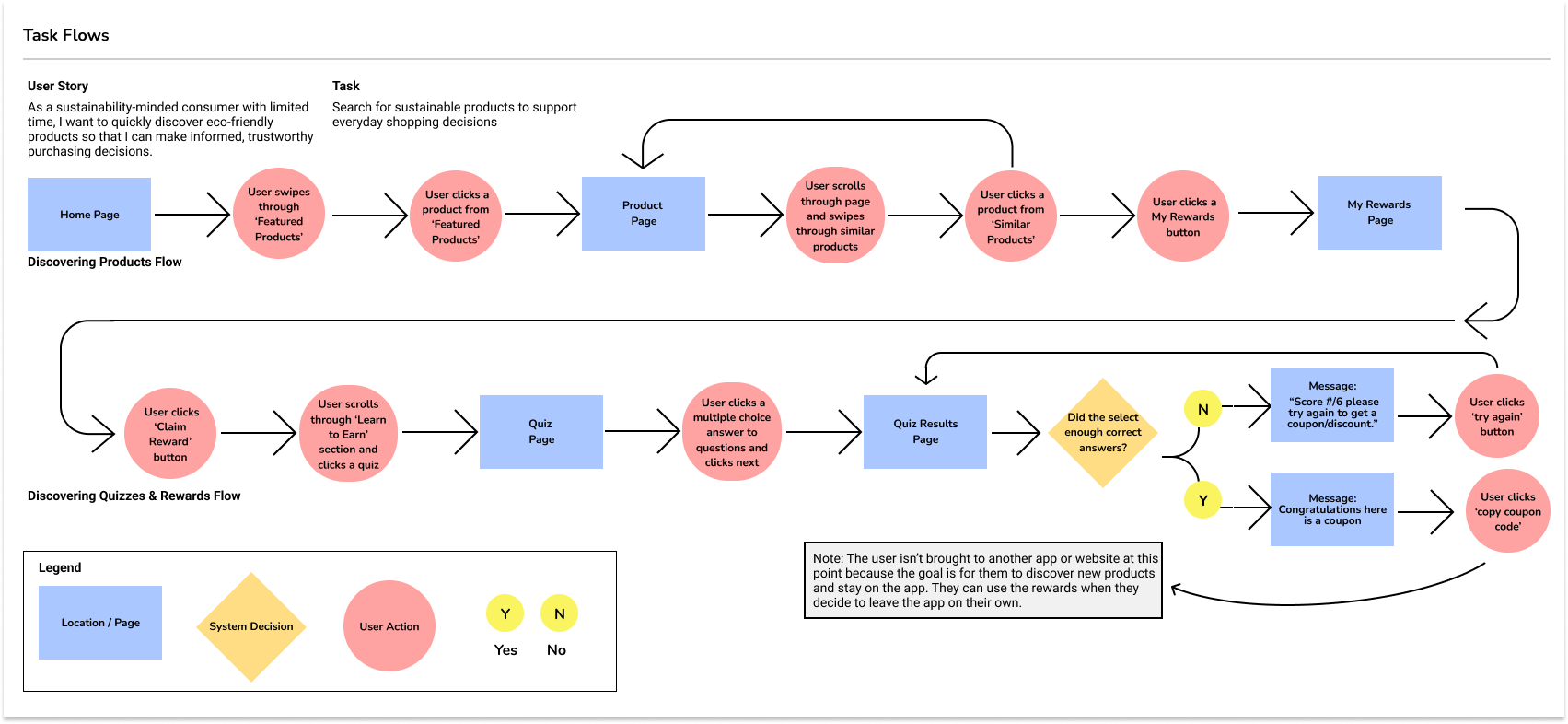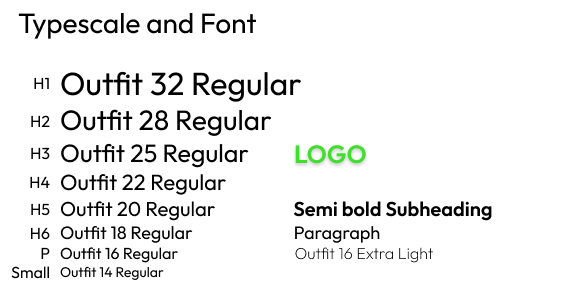
Background
Evaluating products for sustainability can be overwhelming. Each purchase requires research, and definitions of “sustainable” vary widely. At the same time, companies producing genuinely sustainable products often struggle to compete against larger brands with massive advertising budgets.
This project explores how a digital platform could make sustainable shopping easier for consumers while giving smaller brands a fairer space to compete. By highlighting trusted, environmentally conscious products, the app encourages both consumers and companies to prioritize sustainability.
This project explores how a digital platform could make sustainable shopping easier for consumers while giving smaller brands a fairer space to compete. By highlighting trusted, environmentally conscious products, the app encourages both consumers and companies to prioritize sustainability.
Project Aim
The aim of this project was to showcase the best sustainable products so that it makes it easy for consumers to make environmentally friendly product choices.
Solo Project: Research, UX/UI Design
Solo Project: Research, UX/UI Design
Problem Definition
Sustainable products often struggle to compete in the marketplace.
How might we enable consumers to discover sustainable products with confidence and ease?
How might we support sustainable companies in gaining visibility against larger competitors?
How might we enable consumers to discover sustainable products with confidence and ease?
How might we support sustainable companies in gaining visibility against larger competitors?

.png)
.png)





